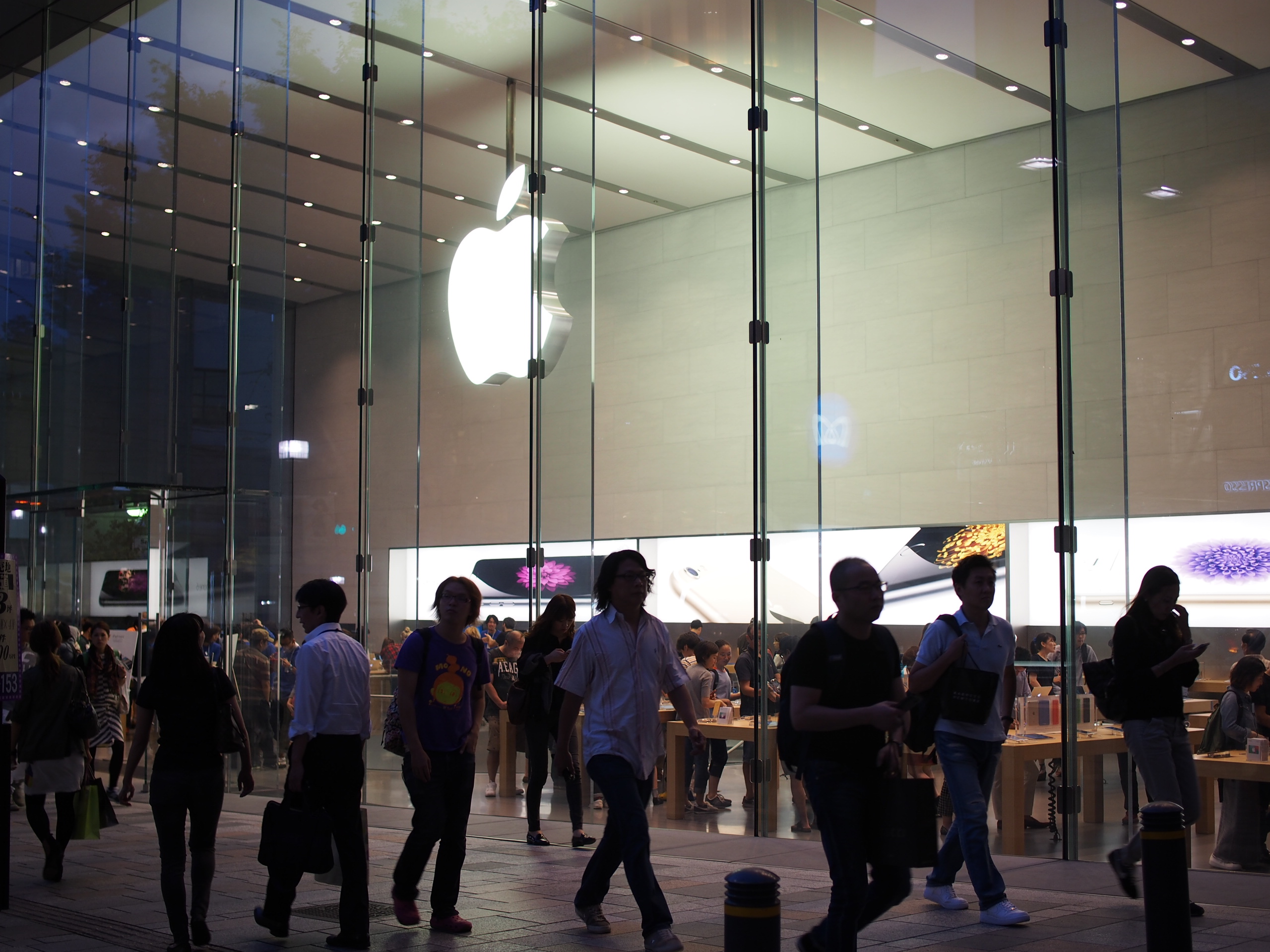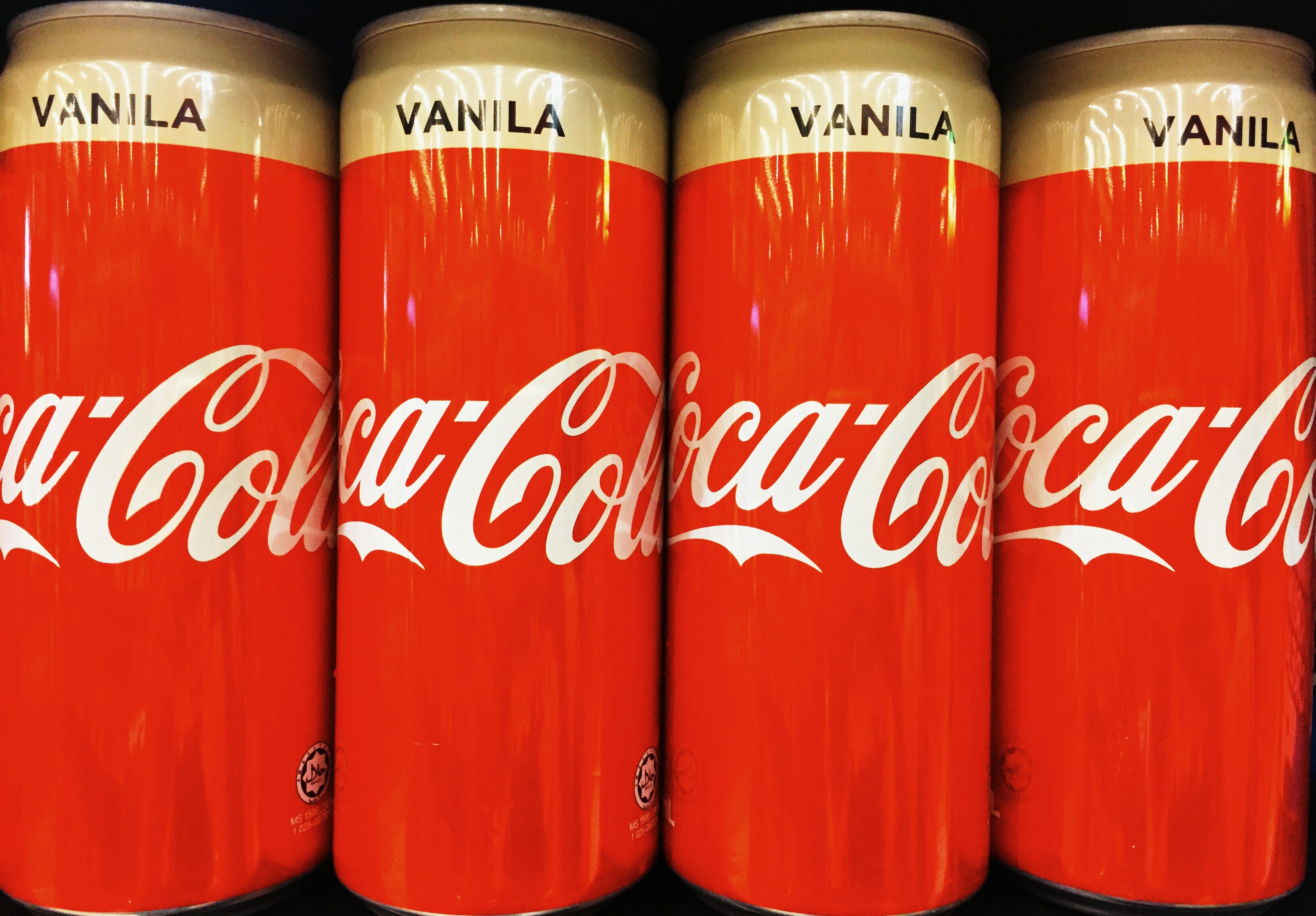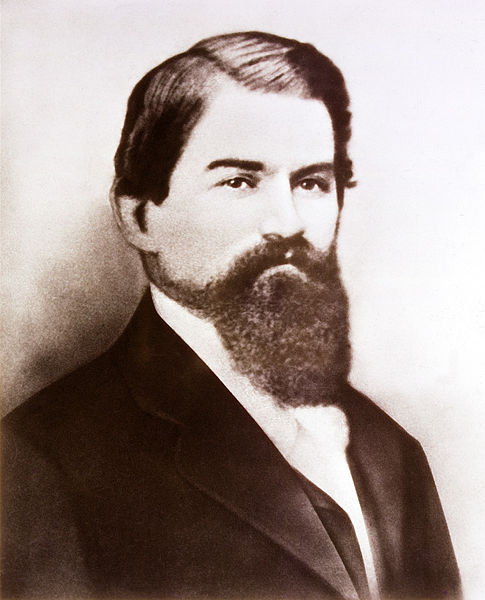|
Line Extension
A product line extension is the use of an established product brand name for a new item in the same product category. Overview Line extensions occur when a company introduces additional items in the same product category under the same brand name such as new flavors, forms, colors, added ingredients, package sizes. This is as opposed to brand extension which is a new product in a totally different product category. Line extension occurs when the company lengthens its product line beyond its current range. The company can extend its product line down-market stretch, up-market stretch, or both ways. Product line extensions are a process where companies with an established brand alter the factors of a product or products to satisfy a refined segment in the market. There are two types of product line extensions, horizontal and vertical. Horizontal extensions consist of keeping the price and quality consistent, but changing factors like flavour or colour to differentiate the produc ... [...More Info...] [...Related Items...] OR: [Wikipedia] [Google] [Baidu] |
|
|
Brand Extension
Brand extension or brand stretching is a marketing strategy in which a firm marketing a product with a well-developed image uses the same brand name in a different product category. The new product is called a spin-off. Organizations use this strategy to increase and leverage brand equity (definition: the net worth and long-term sustainability just from the renowned name). An example of a brand extension is Jello-gelatin creating Jello pudding pops. It increases awareness of the brand name and increases profitability from offerings in more than one product category. In the 1990s, 81 percent of new products used brand extension to introduce new brands and to create sales. Launching a new product is time-consuming but also needs a big budget to create brand awareness and to promote a product's benefits. Brand extension is one of the new product development strategies which can reduce financial risk by using the parent brand name to enhance consumers' perception due to the core br ... [...More Info...] [...Related Items...] OR: [Wikipedia] [Google] [Baidu] |
|
 |
Acura
Acura is the luxury and performance division of Japanese automaker Honda, based primarily in North America. The brand was launched on March 27, 1986, marketing luxury and performance automobiles. Acura sells cars in the United States, Canada, Mexico, Panama, and Kuwait. The company has also previously sold cars in Mainland China, Hong Kong, Russia, and Ukraine. Plans to introduce Acura to the Japanese domestic market in the late 2000s did not eventuate due to the 2008 financial crisis.2007 Mid-Year CEO Speech (Japanese) Establishing A Sales Channel from the Customer Viewpoint, 2. Accelerating our effort in Japan to strengthen the core characteristics that make Honda unique [...More Info...] [...Related Items...] OR: [Wikipedia] [Google] [Baidu] |
 |
Diffusion Line
A diffusion line (also known as a bridge line) is a secondary line of merchandise created by a high-end fashion house or fashion designer that retails at lower prices. These ranges are separate from a fashion house's "signature line", or principal artistic line, that typically retails at much higher prices. Diffusion products may be on sale alongside designers' signature lines but they can also be made available at Concession (contract), concession outlets and certain chain stores. The use of a diffusion line is a part of the strategy of massification where luxury brands attempt to reach a broader market in order to increase revenue and brand recognition. Diffusion lines serve several purposes for designers. They can substantially increase sales volumes as their products become more affordable to a wider audience at the lower price point, with the designer at the same time leveraging the desirability of their premium ranges to create a kind of Halo effect#As a business model, halo ... [...More Info...] [...Related Items...] OR: [Wikipedia] [Google] [Baidu] |
|
Product Lining
In marketing jargon, product lining refers to the offering of several related products for individual sale. Unlike product bundling, where several products are combined into one group, which is then offered for sale as a units, product lining involves offering the products for sale separately. A line can comprise related products of various sizes, types, colors, qualities, or prices. ''Line depth'' refers to the number of subcategories under a category. ''Line consistency'' refers to how closely related the products that make up the line are. ''Line vulnerability'' refers to the percentage of sales or profits that are derived from only a few products in the line. In comparison to product bundling, which is a strategy of offering more than one product for promotion as one combined item to create differentiation and greater value, product lining consists of selling different related products individually. The products in the product line can come in various sizes, colours, quali ... [...More Info...] [...Related Items...] OR: [Wikipedia] [Google] [Baidu] |
|
|
Product Management
Product management is the business process of planning, developing, launching, and managing a product or service. It includes the entire lifecycle of a product, from ideation to development to go to market. Product managers are responsible for ensuring that a product meets the needs of its target market and contributes to the business strategy, while managing a product or products at all stages of the product lifecycle. Software product management adapts the fundamentals of product management for digital products. History The concept of product management originates from a 1931 memo by Procter & Gamble President Neil H. McElroy. McElroy, requesting additional employees focused on brand management, needed "Brand Men" who would take on the role of managing products, packaging, positioning, distribution, and sales performance. The memo defined a brand man's work as: * Study carefully the shipments of his brands by units. * Where brand development is heavy ... examine care ... [...More Info...] [...Related Items...] OR: [Wikipedia] [Google] [Baidu] |
|
|
Marketing
Marketing is the act of acquiring, satisfying and retaining customers. It is one of the primary components of Business administration, business management and commerce. Marketing is usually conducted by the seller, typically a retailer or manufacturer. Products can be marketed to other businesses (B2B Marketing, B2B) or directly to consumers (B2C). Sometimes tasks are contracted to dedicated marketing firms, like a Media agency, media, market research, or advertising agency. Sometimes, a trade association or government agency (such as the Agricultural Marketing Service) advertises on behalf of an entire industry or locality, often a specific type of food (e.g. Got Milk?), food from a specific area, or a city or region as a tourism destination. Market orientations are philosophies concerning the factors that should go into market planning. The marketing mix, which outlines the specifics of the product and how it will be sold, including the channels that will be used to adverti ... [...More Info...] [...Related Items...] OR: [Wikipedia] [Google] [Baidu] |
|
|
Brand Management
In marketing, brand management refers to the process of controlling how a brand is perceived in the market (economics), market. Tangible elements of brand management include the look, price, and packaging of the product itself; intangible elements are the experiences that the target markets share with the brand, and the relationships they have with it. A brand manager oversees all aspects of the consumer's brand association as well as relationships with members of the supply chain. Developing a good relationship with target markets is essential for brand management. Definitions In 2001, Hislop defined branding as "the process of creating a relationship or a connection between a company's product and emotional perception of the customer for the purpose of generating segregation among competition and building loyalty among customers". In 2004 and 2008, Kapferer and Keller respectively defined it as a fulfillment in customer expectations and consistent customer satisfaction.Shamoon, ... [...More Info...] [...Related Items...] OR: [Wikipedia] [Google] [Baidu] |
|
 |
Brand
A brand is a name, term, design, symbol or any other feature that distinguishes one seller's goods or service from those of other sellers. Brands are used in business, marketing, and advertising for recognition and, importantly, to create and store value as brand equity for the object identified, to the benefit of the brand's customers, its owners and shareholders. Brand names are sometimes distinguished from Generic brand, generic or store brands. The practice of branding—in the original literal sense of marking by burning—is thought to have begun with the ancient Egyptians, who are known to have engaged in livestock branding and branded slaves as early as 2,700 BCE. Branding was used to differentiate one person's cattle from another's by means of a distinctive symbol burned into the animal's skin with a hot branding iron. If a person stole any of the cattle, anyone else who saw the symbol could deduce the actual owner. The term has been extended to mean a strategic person ... [...More Info...] [...Related Items...] OR: [Wikipedia] [Google] [Baidu] |
 |
Reese's Peanut Butter Cups
Reese's Peanut Butter Cups (, ) are an American candy by the Hershey Company consisting of a peanut butter filling encased in chocolate. They were created on November 15, 1928, by H. B. Reese, a former dairy farmer and shipping foreman for Milton S. Hershey. Reese was let go from his job with Hershey when the Round Barn, which he managed, was shut down for cost-saving measures. He subsequently decided to start his own candy business. Reese's are a top-selling candy brand worldwide, with $3.1 billion in annual sales. History The H.B. Reese Candy Company was established in 1923 by H. B. Reese in Hershey, Pennsylvania. The official product name was "Penny Cups" because they could be purchased for one cent. Reese had originally worked at a Hershey dairy farm, and from the start, he used Hershey chocolate in his confections. Reese's Peanut Butter Cups were his most popular candy, leading Reese to eventually discontinue his other lines. Reese died in 1956, passing the company to h ... [...More Info...] [...Related Items...] OR: [Wikipedia] [Google] [Baidu] |
 |
Vanilla Coke
Coca-Cola Vanilla (commonly referred to as Vanilla Coke) is a vanilla-flavored version of Coca-Cola, introduced in 2002 but subsequently discontinued in North America and the United Kingdom in 2005, though it remained available at certain fountain outlets. It was relaunched in the US in 2007, in Denmark in 2012, the UK in 2013 and Canada in 2016. Vanilla Coke has been available in Australia since its initial introduction in 2002, being produced by Coca-Cola Europacific Partners. Originally announced as a limited edition in the UK, it became permanent for several years; however, Vanilla Coke was again discontinued in the UK in Summer 2018, though Diet Vanilla Coke and Coke Vanilla Zero remain available. In 2003, Pepsi introduced Pepsi Vanilla to compete with Vanilla Coke. In 2002, Virgin Group, Virgin released Virgin Cola, their own vanilla cola in the UK, prior to the appearance of Vanilla Coke. Development Original Coca-Cola already contains small amounts of vanilla. The hist ... [...More Info...] [...Related Items...] OR: [Wikipedia] [Google] [Baidu] |
|
Diet Coke
Diet Coke (also branded as Coca-Cola Light, Coca-Cola Diet or Coca-Cola Light Taste) is a sugar-free and low-calorie soft drink produced and distributed by the Coca-Cola Company. It contains artificial sweeteners instead of sugar. Unveiled on July 8, 1982, and introduced in the United States one month later, it was the first new brand since Coca-Cola's creation in 1886 to use the Coca-Cola trademark, although Diet Coke is not listed as a Coca-Cola variant on the Coca-Cola Company’s website. The product quickly overtook the company's existing diet cola, Tab, in sales. History When diet colas first entered the market, beginning with Diet Rite in 1958, the Coca-Cola Company had a long-standing policy to use the Coca-Cola name only on its flagship cola, and so its diet cola was named Tab when it was released in 1963. Its rival Pepsi had no such qualms, and after the long-term success of its sugar-free Diet Pepsi (launched in 1964) became clear, Coca-Cola decided to laun ... [...More Info...] [...Related Items...] OR: [Wikipedia] [Google] [Baidu] |
|
 |
Coca-Cola
Coca-Cola, or Coke, is a cola soft drink manufactured by the Coca-Cola Company. In 2013, Coke products were sold in over 200 countries and territories worldwide, with consumers drinking more than 1.8 billion company beverage servings each day. Coca-Cola ranked No. 94 in the 2024 Fortune 500, ''Fortune'' 500 list of the List of largest companies in the United States by revenue, largest United States corporations by revenue. Based on Interbrand's "best global brand" study of 2023, Coca-Cola was the world's List of most valuable brands, sixth most valuable brand. Originally marketed as a temperance bar, temperance drink and intended as a patent medicine, Coca-Cola was invented in the late 19th century by John Stith Pemberton in Atlanta, Georgia. In 1888, Pemberton sold the ownership rights to Asa Griggs Candler, a businessman, whose marketing tactics led Coca-Cola to its dominance of the global soft-drink market throughout the 20th and 21st centuries. The name refers to t ... [...More Info...] [...Related Items...] OR: [Wikipedia] [Google] [Baidu] |